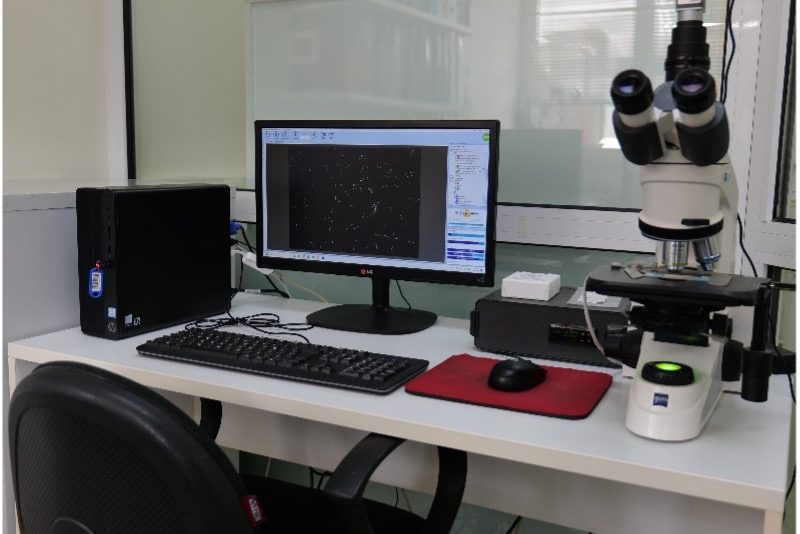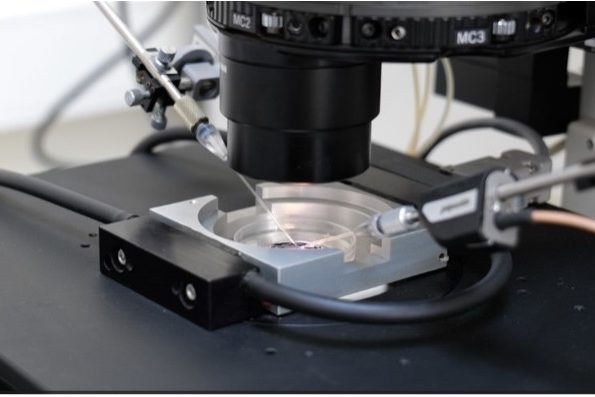BSRC “Alexander Fleming”
Animal Facility https://www.fleming.gr/services/facilities/trangenesis
Service Description:
The Transgenic Facility of BSRC Alexander Fleming provides CRISPR/Cas9 mediated gene editing service for the induction of precision and clinically relevant mutations. The resulted mutations can be indels, exon deletions and point mutation insertions. For the introduction of the specific mutation into the mouse genome, three different sophisticated methods could be used:
- Microinjection of the RNPs into the pronucleus or cytoplasm of mouse fertilised oocytes, embryo culture and subsequent embryo transfer.
- Embryo electroporation at 1-cell stage embryos, embryo culture and subsequent embryo transfer.
- Gonad electroporation (in situ) at first day pregnant females, upon oviduct transfer of the RNPs.
These techniques have been successfully used for the generation of new genome edited mouse models in the framework of Infrafrontier 2020 TA call, as well as upon requests from the scientific community. These precision mouse models are to be used for the study of human diseases such as myotubular myopathy, neurological disorders and various syndromes.


